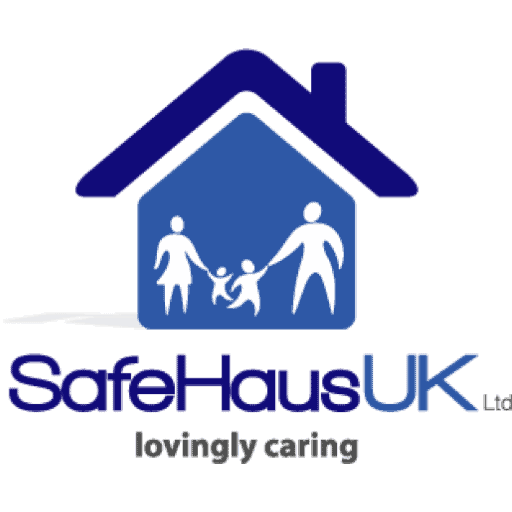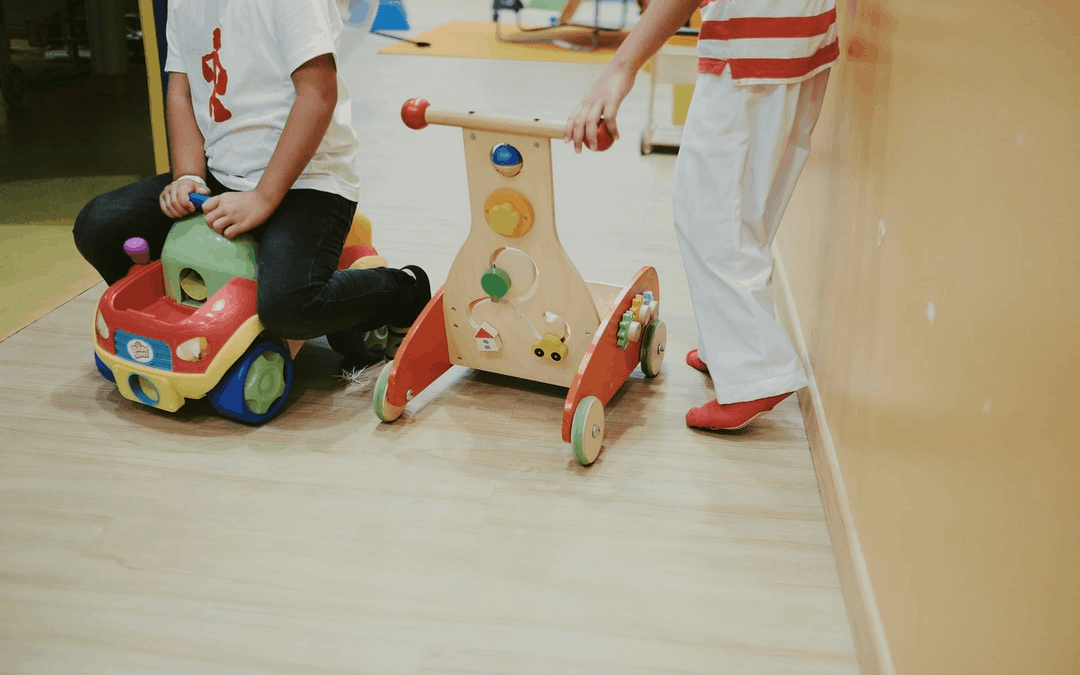
It is still unclear what childcare establishments are going to look like when schools reopen fully in September, in the UK. Canada and the US have outlined rules to protect children from covid infection.
Details are starting to emerge about what childcare establishments can do after reopening.
The Canadian government announced it would permit all childcare centres to reopen as of June 12; if they follow a number of new policies intended to limit the spread of COVID-19, including a cap of 10 people in each defined space.
At the time, Education Minister Stephen Lecce said that the new regulations would look a lot like the ones governing the operation of temporary childcare centres for frontline workers but he provided few specific details about what parents could expect.
Safety Measures for Parents and Children
That has changed with the release of a 20-page Ministry of Education document that includes dozens of specific regulations that centres will have to adhere to.
The document states that all individuals entering the centre, including parents and children, will be greeted by the workers behind a plexiglass barrier, who will conduct a symptom and temperature check before letting them.
It also says that “as much as possible, parents should not go past the screening area” and that centres should “develop procedures that support physical distancing,” such as staggered entrance times.
There are also a number of regulations pertaining to the use of toys and other equipment. This is not much different from the UK but some schools are going further and conducting deep clean of the whole school before September's reopening.
The guidelines say that centres should avoid all toys that can’t be regularly disinfected, such as stuffed animals.
Toys can only be shared between children but they must, at a minimum, be cleaned and disinfected before they are used by another group.
Deep Cleaning, Social Distancing and Children
Centres will also be encouraged to plan activities that “do not involve shared objects or toys” as much possible and to avoid any singing activities indoors amid fears that it could hasten the spread of the virus.
There are also numerous rules around food, including one stipulating that “where possible, children should practice physical distancing while eating.”
Providers are also expected to “ensure there is no self-serve or sharing of food at mealtimes.”
“Meals should be served in individual portions to the children,” one of the guidelines warns. “There should be no items shared (i.e., serving spoon or salt shaker).”

Staff handing toddlers instructed to use blankets or cloths
The ministry says in the guidelines that it does recognize that physical distancing between children in a child care setting is “difficult” and concedes that staff must “maintain a welcoming and caring environment for children.”
At the same time, it proposes numerous precautions that should be taken when interacting closely with children. For example, staff are being instructed to " use blankets or cloths over clothing” when holding infants and toddlers and will be expected to “change the blankets or cloths between children.”
The ministry is also urging centres to consider “spreading children out into different areas, particularly at meal and dressing time” and is asking them to incorporate “more individual activities or activities that encourage more space between children.”
“When setting up the play space, a physical distancing of at least two metres must be maintained between cohorts and should be encouraged, where possible, between children within the same cohort,” the guidelines state.
The ministry will conduct inspections and any centre found in violation of the new guidelines could be fined up to $3,000 per attending child per day.
Some other proposed key details

- No non-essential visitors are allowed into the facility, video and telephone interviews should be used to interact with families where possible
- Providers are encouraged to increase the distance between cots and resting mats
- In shared outdoor space, there must be a distance of at least 2 metres between groups and play structures can only be used by one group at a time
- All child care facilities are responsible for maintaining daily records of anyone entering the facility/home and the approximate length of their stay for the purpose of contact tracing
- Facilities must give parents 30 days to indicate whether they want to keep their space. After the 30 days, in order to secure the space, payments will be required.
How will these measures reassure parents'? Will these measures work in the UK? Could these rules be used to allay parents' fears about their children attending school?

